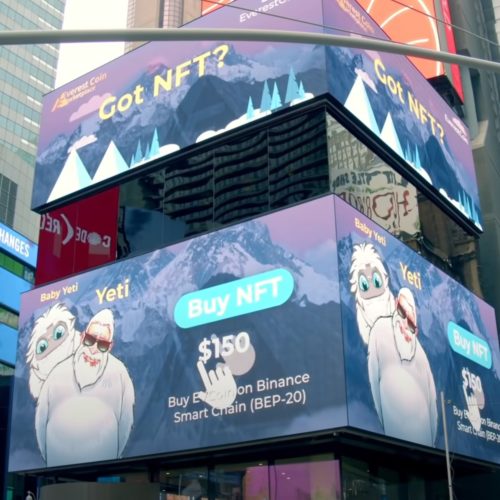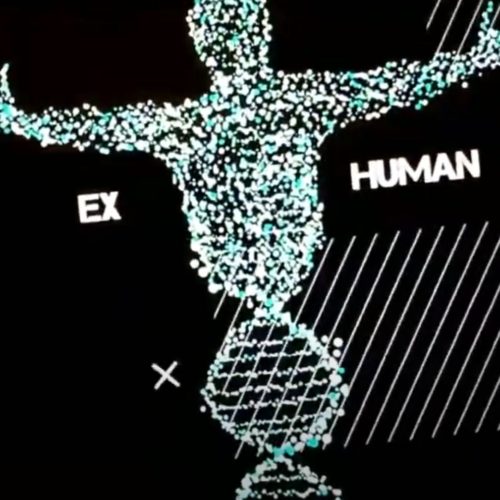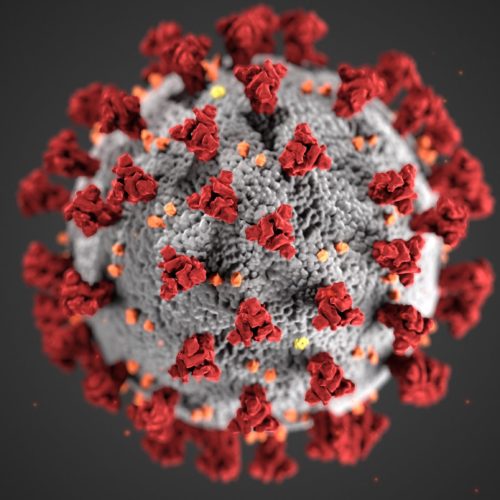Our Grey Goo Future: Possibility and Probability
CMStewart / Op Ed
Posted on: January 7, 2012 / Last Modified: January 7, 2012
 What is Grey Goo?
What is Grey Goo?
Not necessarily grey, and not necessarily gooey, “grey goo” is both a nanotechnological substance which increases exponentially without practical limit, and a hypothetical scenario in which the mass of planet Earth – or the universe – is ecotophaged into self-replicating nanobots.
Mathematician John von Neumann originally described macroscopic self-replicating robots. These replicators are sometimes called “von Neumann machines.” In turn, nanotechnology pioneer Eric Drexler coined the term “grey goo” in his book Engines of Creation. Drexler described the exponential growth and inherent limits of such highly specialized nanomachines:
“…the first replicator assembles a copy in one thousand seconds, the two replicators then build two more in the next thousand seconds, the four build another four . . in less than two days, they would outweigh the Earth; in another four hours, they would exceed the mass of the Sun and all the planets combined …”
Why we are safe:
Drexler argues that self-replicators would be too complex and inefficient for any practical manufacturing scenario, and specific grey goo may be limited by what it is programmed to consume. Indeed, grey goo candidates must meet several criteria to achieve true grey goo status. The bots must be:
- Self-replicating. This would be the basic definition of a grey goo-bot.
- Hardy. The grey goo-bots must survive whatever environment they encounter to keep replicating.
- Mobile. Perhaps this criterion would be met simply by the new grey goo pushing old grey goo out of the way.
Bonus criterion – Each grey goo-bot must also have a sufficiently-sized, self-contained computer to store the information to direct the ‘bot. A person reading this article in 2012 may conclude such a computer would be too large – and therefore too cumbersome – to practically be included in a grey goo-bot candidate. But given technological growth predictors such as Moore’s Law, this same person reading a few years in the future may conclude nanotechnology is sufficiently advanced for this criterion. So the fret-worthiness of grey goo may depend on whether one adheres to such trendy predictions.
Furthermore, the Royal Society’s 2004 report on nanoscience declares that the foreseeable future contains no grey goo.
Why we are doomed:
Grey goo does not violate the laws of physics.
Enterprising scientists and engineers could, sooner or later, build grey goo and set it in motion. Whether these grey goo-ists would be motivated by advancing technology, criminal gain, or simply be insane is of little relevance. Grey goo wouldn’t care what or why it does anything – grey goo would simply “do.” The initiating intelligence is the fret-worthy factor. Perhaps present-day grey goo-ists even have altruistic motives, and are working on the development of what they believe would be controllable grey goo. But if and when grey goo is unleashed, the exponential replication could likely become too rapid to contain.
In the Wired magazine article Why the Future Doesn’t Need Us, computer scientist Bill Joy warns “it is far easier to create destructive uses for nanotechnology than constructive ones.” For example, take a relatively plausible present and future environmental problem/solution – cleaning a nature habitat after an oil spill. In this scenario, billions of nanobots are deployed to consume the toxic oil and convert it into less harmful substances. But a programming error directs the nanobots to devour all carbon-based objects, not just the oily hydrocarbons. These nanobots destroy everything, and in the process, replicate themselves. Within days – or hours – planet Earth is turned into “goo.”
Or paperclips.
What we can do:
Starting with the premise that grey goo is possible, there’s not much we can do to guarantee grey goo won’t happen. Outlawing specific grey goo technology, or even regulating it into obscurity, would only drive the grey goo-ists underground. In turn, the scientific checks and balances taken for granted in the light of day would be grounded as well, and a grey goo future would be even more plausible. The chance of it happening may even approach one in one billion.
In 2004, in the Institute of Physics journal Nanotechnology article Safe Exponential Manufacturing, Drexler and nanotechnologist Chris Phoenix conclude:
“Nanotechnology-based fabrication can be thoroughly non-biological and inherently safe: such systems need have no ability to move about, use natural resources, or undergo incremental mutation. Moreover, self-replication is unnecessary: the development and use of highly productive systems of nanomachinery (nanofactories) need not involve the construction of autonomous self-replicating nanomachines … Although advanced nanotechnologies could (with great difficulty and little incentive) be used to build such devices, other concerns present greater problems.”
So perhaps grey goo, as exotic and exciting as it sounds, is the least of our worries. Then again, 2004 was a long time ago within the context of exponential growth.
I, for one, welcome my grey goo overlord…
About the Author:
 CMStewart is a psychological horror novelist, a Singularity enthusiast, and a blogger. You can follow her on Google + or check out her blog at CMStewartWrite.
CMStewart is a psychological horror novelist, a Singularity enthusiast, and a blogger. You can follow her on Google + or check out her blog at CMStewartWrite.
Related articles
- Nanotopia (full film documentary)









